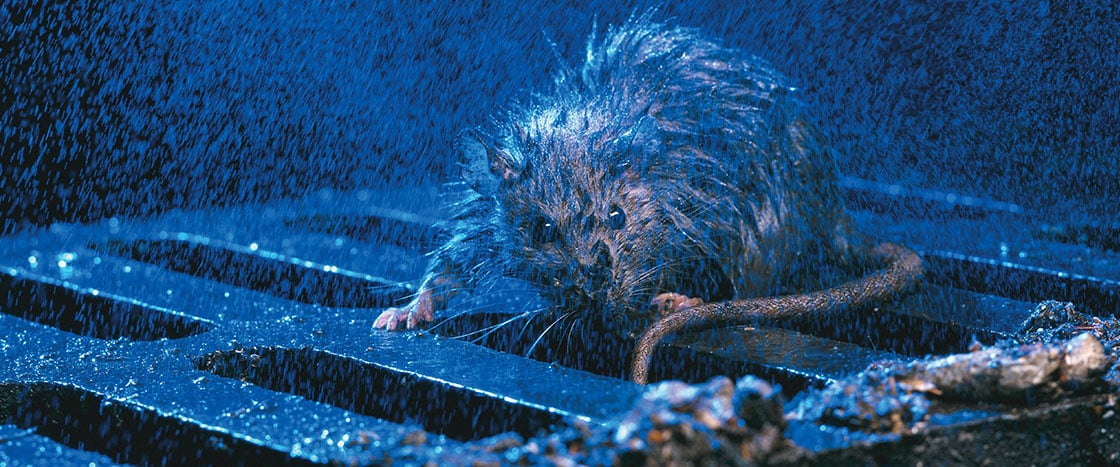Shutterstock.com
Humans are at war.
Our enemies have powers that we can only dream of. They can claw their way up walls. They can collapse their skeletons to squeeze through small spaces. They have teeth as strong as steel.
No, these aren’t villains from a superhero movie. And they’re not aliens from a faraway planet. In fact, they live right beneath our feet.
Rats.
Rats and humans have been locked in battle for thousands of years. It’s a war that has cost billions of dollars and endangered millions of people around the world. We have tried almost everything to defeat our enemies: poisoned them, trapped them, hunted them with dogs.
But so far, nothing has worked. The war rages on.
And scientists aren’t so sure that we’re going to win.
Humans are at war.
Our enemies have powers that we can only dream of. They can claw their way up walls. They can squeeze through small spaces. They have teeth as strong as steel.
No, these aren’t villains from a superhero movie. And they’re not aliens from a faraway planet. In fact, they live right under our feet.
Rats.
Rats and humans have been fighting for thousands of years. This war has cost billions of dollars. It has endangered millions of people around the world. We’ve tried almost everything to beat our enemies. We’ve poisoned them, trapped them, hunted them with dogs.
But so far, nothing has worked. The war goes on.
And scientists aren’t so sure that we’re going to win.

